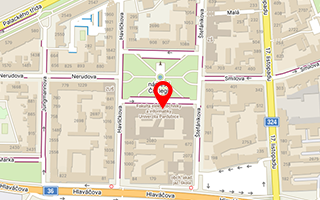Publikace detail
VIRTUAL 3D KEYBOARD FOR GESTURE BASED TYPING
Autoři:
Jetenský Pavel
Rok:
2011
Druh publikace:
článek ve sborníku
Název zdroje:
Sborník příspěvků z XI. mezinárodní konference IMEA 2011
Název nakladatele:
Technická univerzita v Liberci
Místo vydání:
Liberec
Strana od-do:
73-77
